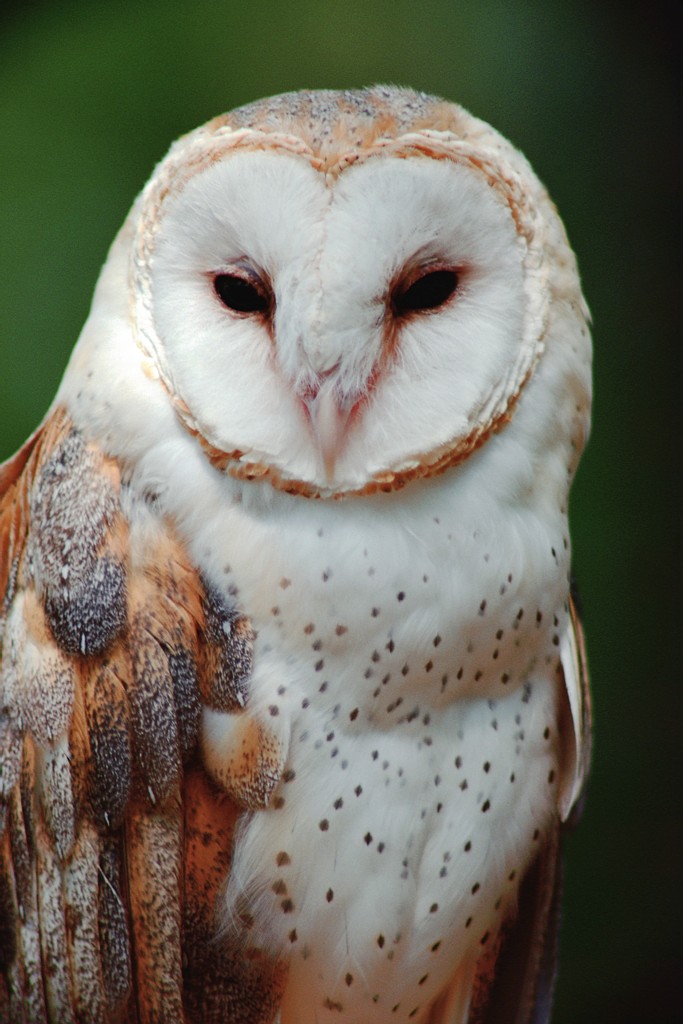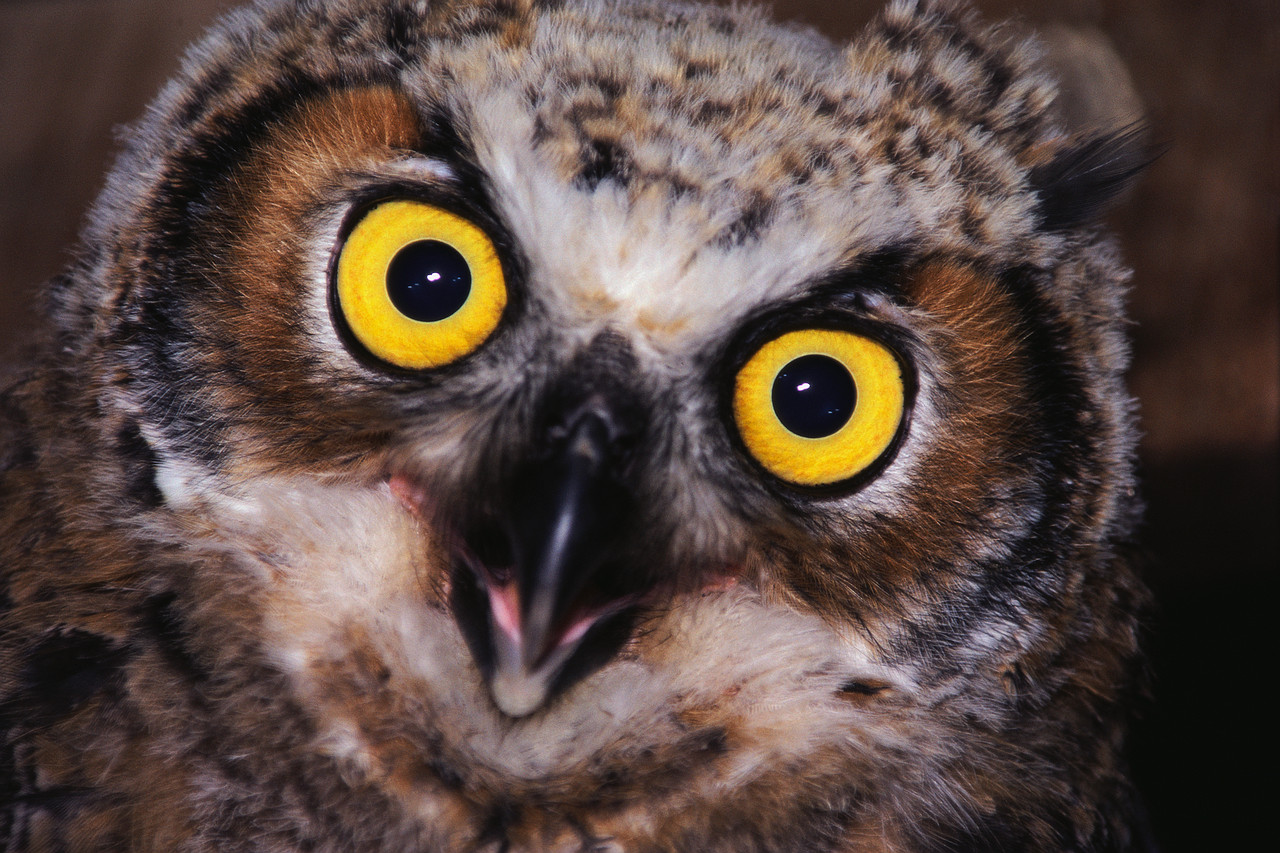

One reason for endangerment is habitat is being taken away, as I had listed earlier. Pollution is definitely a problem threatening its endangerment. Farmers use pesticides that gets in the Barn Owl's food chain and weakens the females eggs, and then they never have a chance to hatch. 50 years of changing farms and technology has changed the Barn Owl's life. For example, over the last 50 years America's economy has grown and more industries have taken over the Barn Owl's habitat causing its declining numbers. Guns have been improved making it easier on the hunters and extremely hard on the Barn Owl. Another threat is pesticide production has grown over fifty years. The Barn Owl can eat small mammals such as rats in the open fields. Shrews are the main prey of the Barn Owl, because they squeak and shrill making them easy prey. Barn Owls also feed on insects, birds, amphibians, fish, and crustaceans. Barn Owls live in meadows, saltmarshes, and pastures. Water supply is found in those areas. Barn owls can nest in tree cavities. Oddly, they also nest in church steeples. Each owl individually has approximately 1.6 kilometers to 5.6 kilometers space.
The Barn Owl can eat small mammals such as rats in the open fields. Shrews also are a main prey of the Barn Owl, because they squeak and shrill making them easy prey. Barn Owls also feed on insects, birds, amphibians, fish, and crustaceans. Barn Owls live in meadows, saltmarshes, and pastures. Water supply is found in those areas. Barn owls can nest in tree cavities. Oddly, they also nest in church steeples. Each owl individually has approximately 1.6 kilometers to 5.6 kilometers space.
Since the Barn Owl has been an endangered species, people have been trying save the it. If its habitat is destroyed, some scientists capture the owl and take care of it Since there is no authentic habitat, people also construct artificial ones and are continuing to make these type of habitats for it. I learned how the Common Barn Owl is nearing extinction, the basic information, and the interesting facts about the Barn Owl such as it does not hoot and it moves its head back and forth. I also learned one problem is that farmers plow their land where the Barn Owl's prey lives.